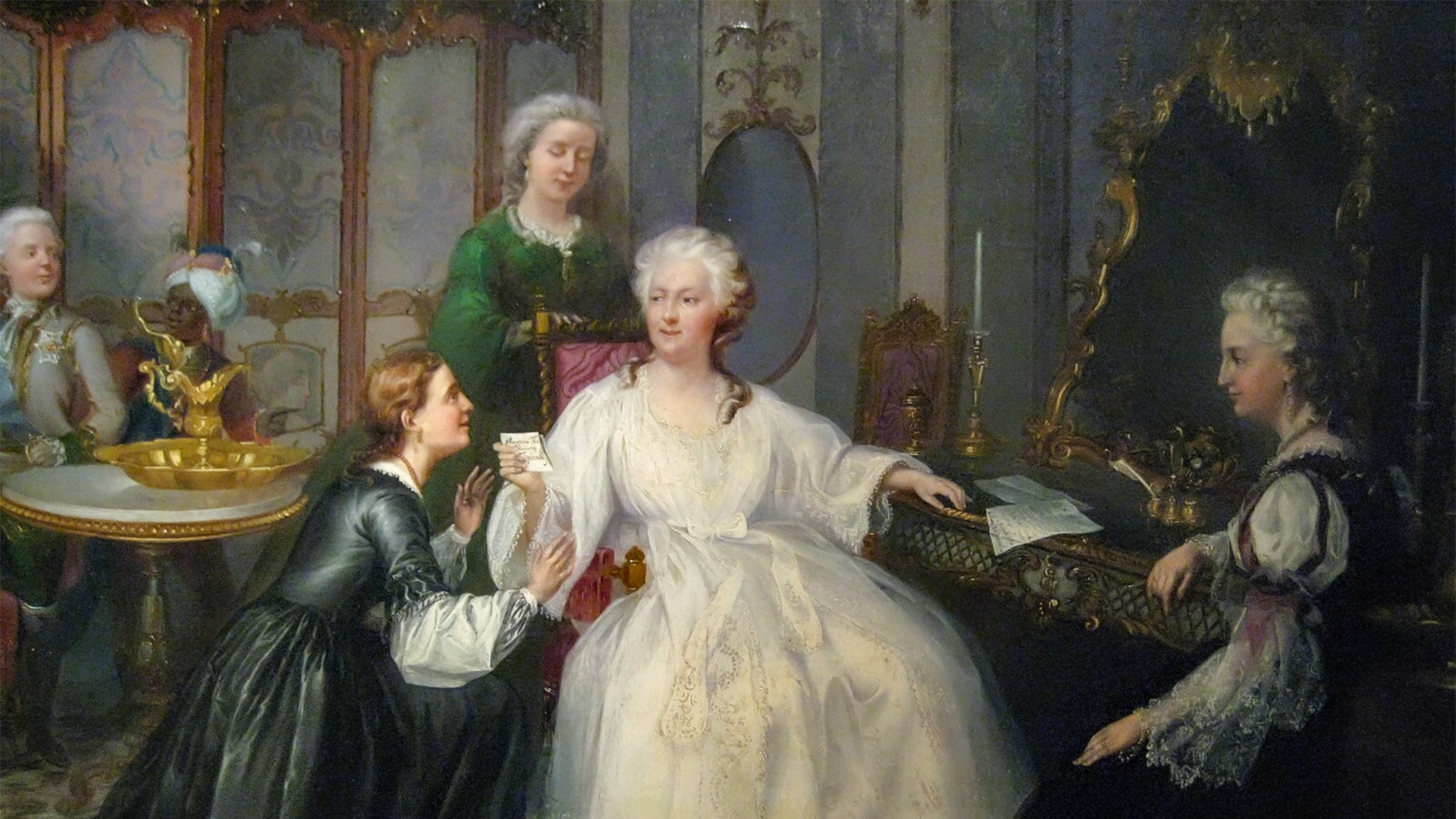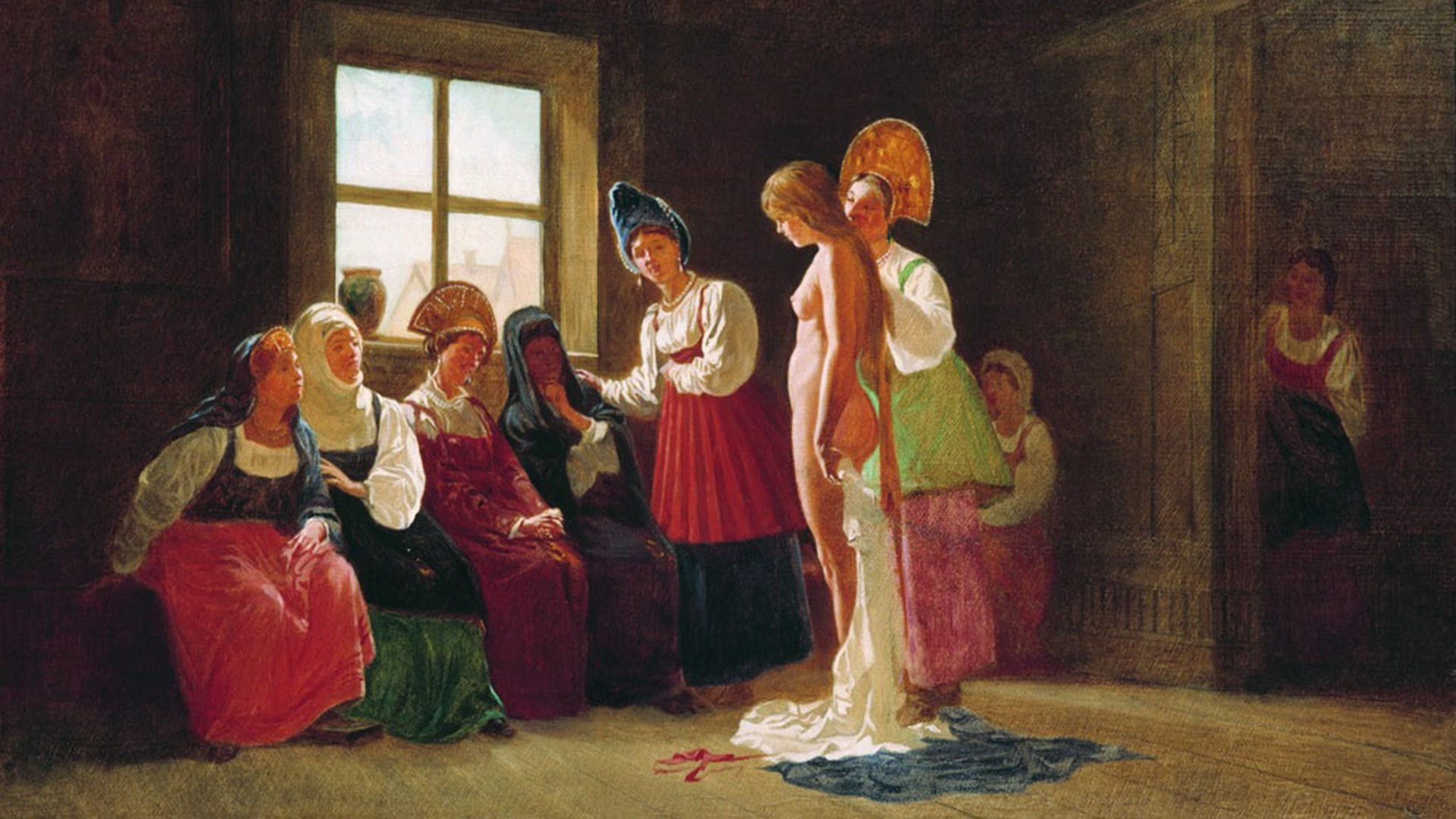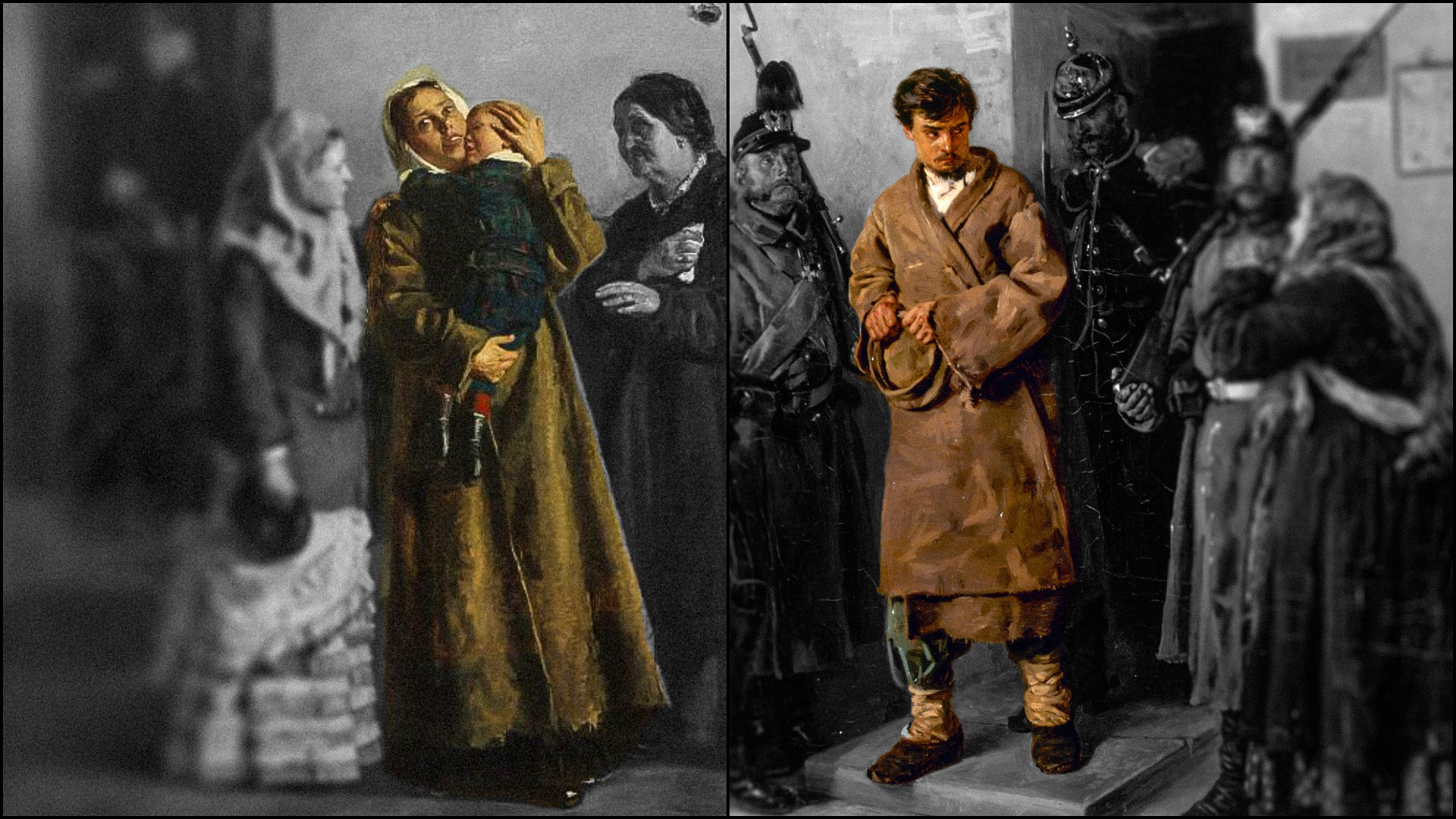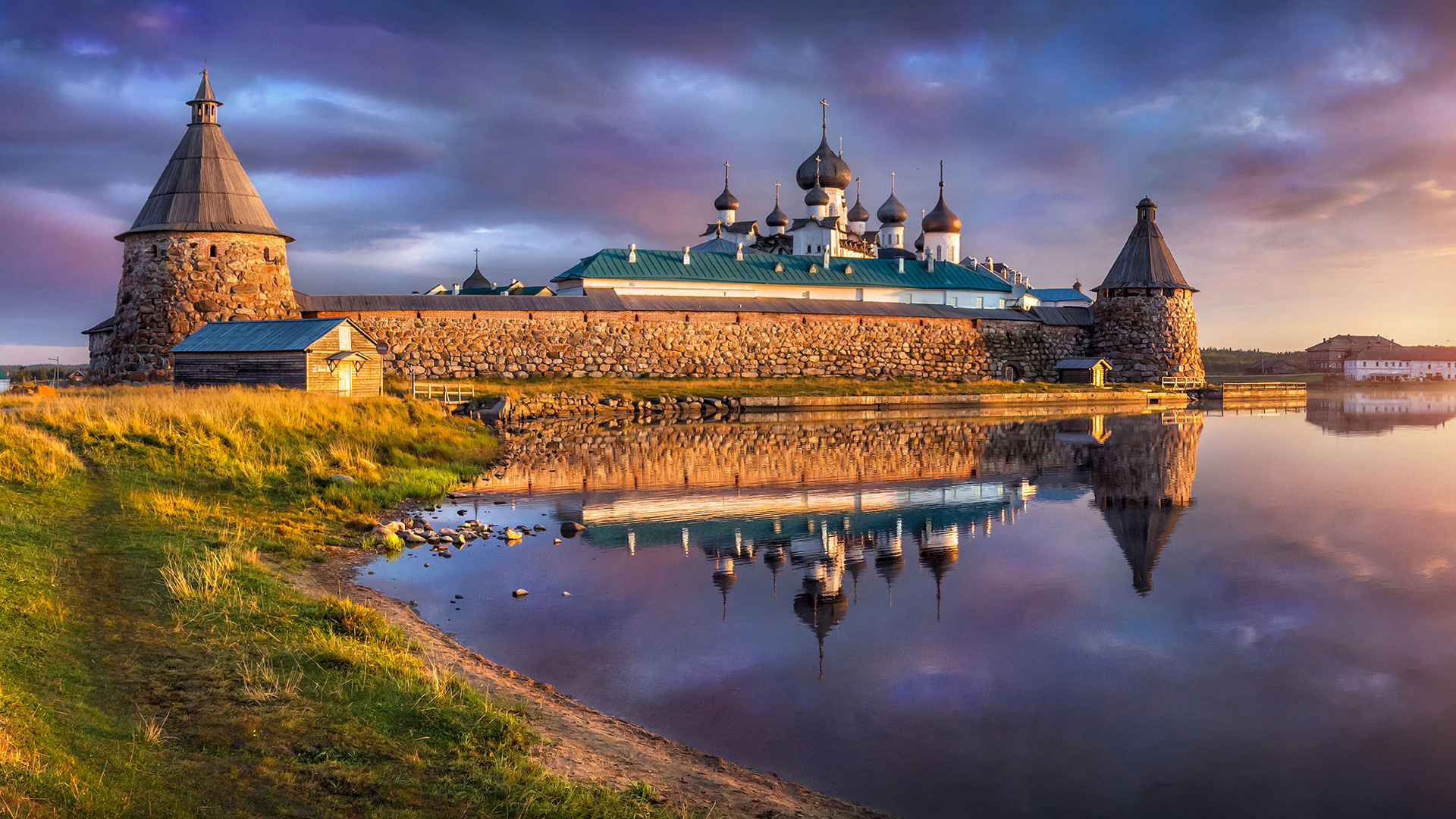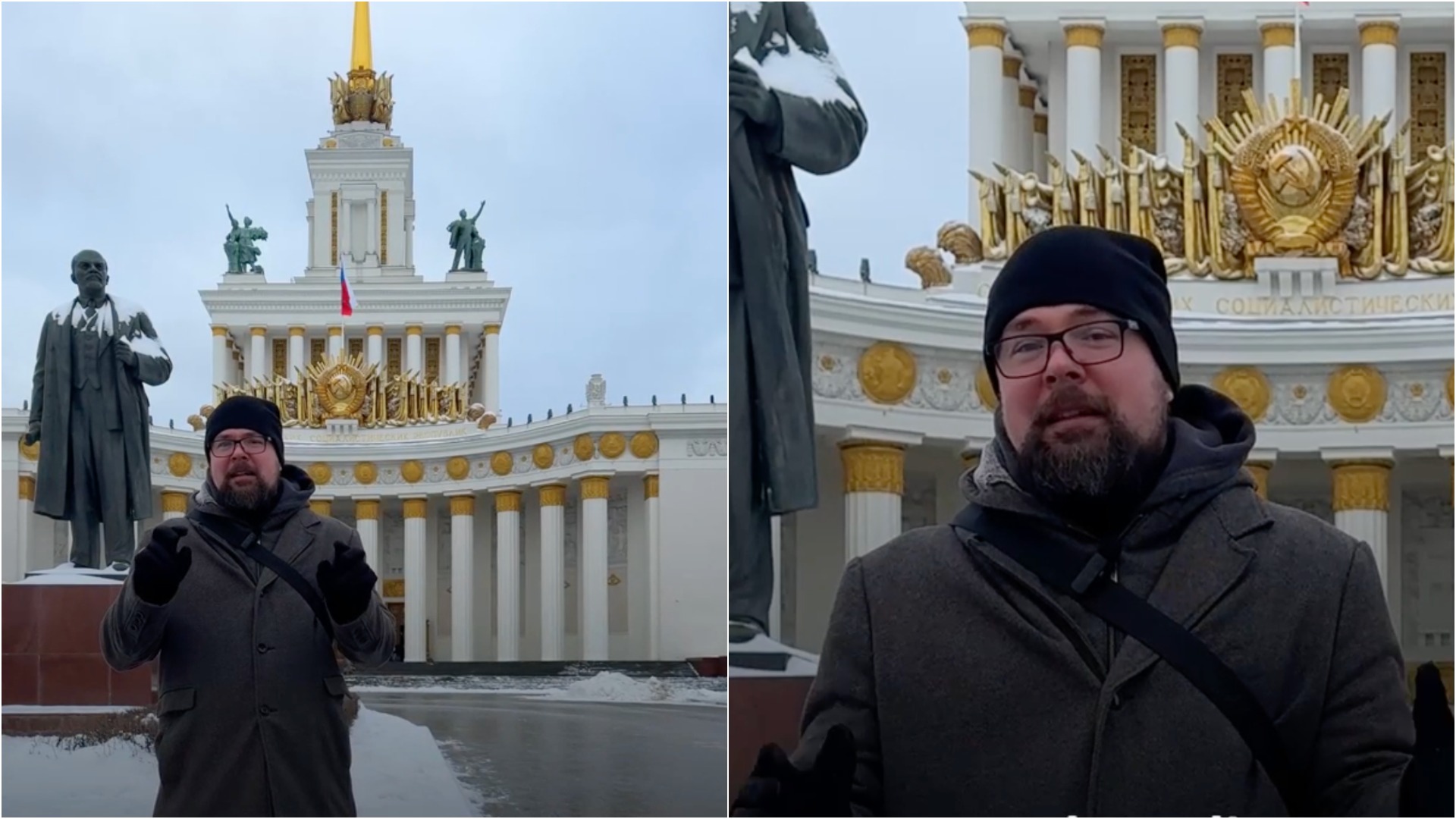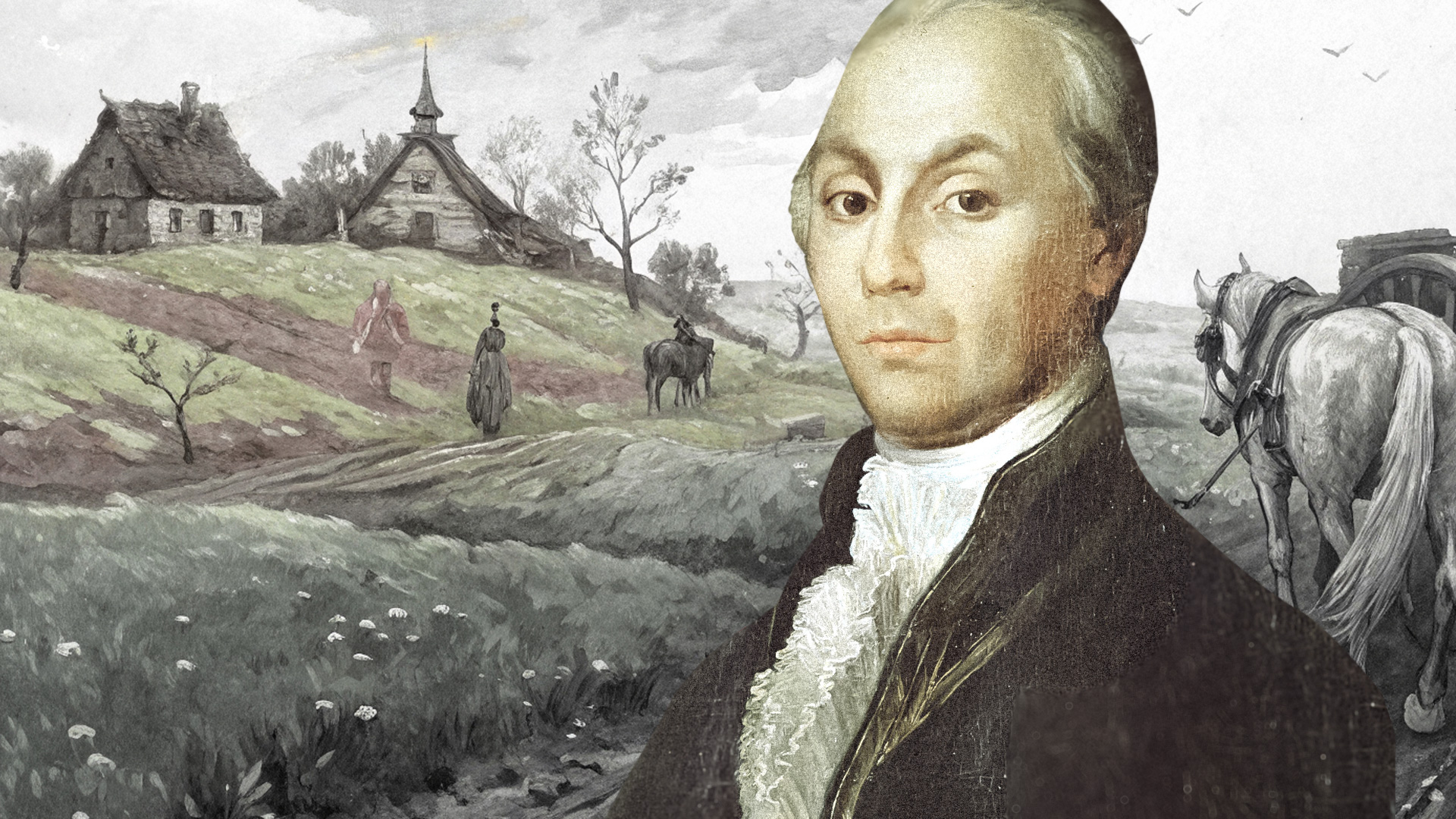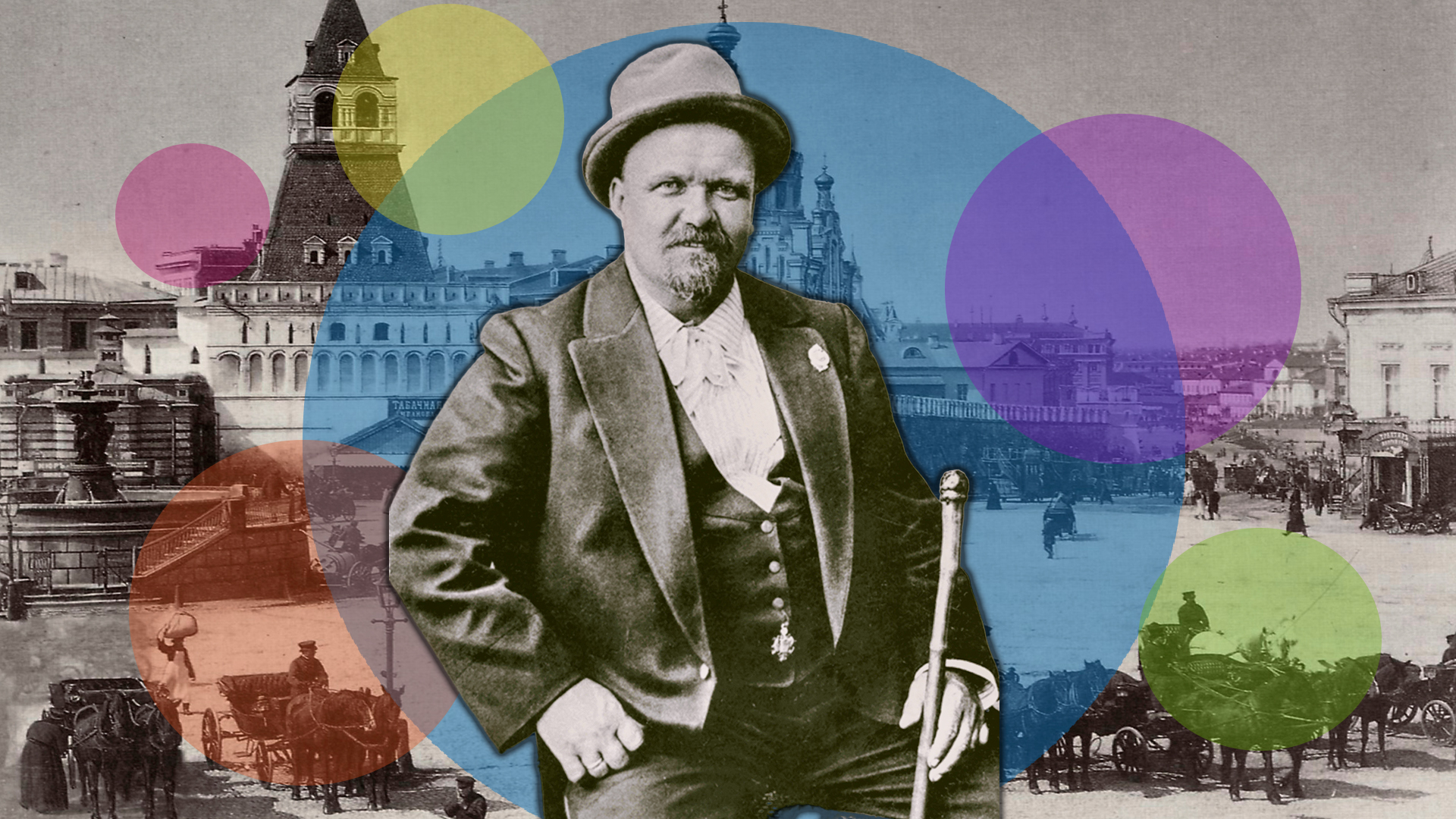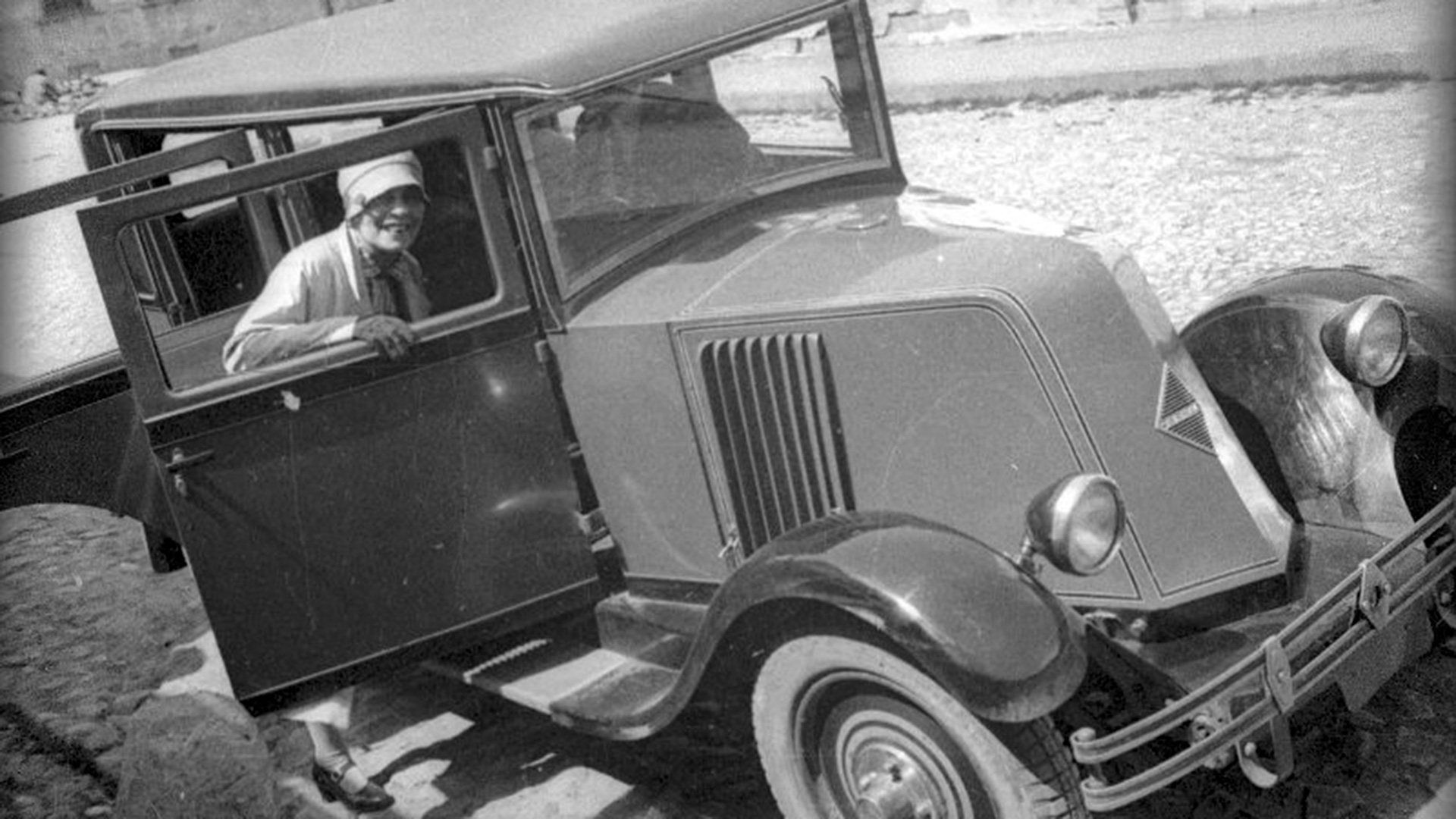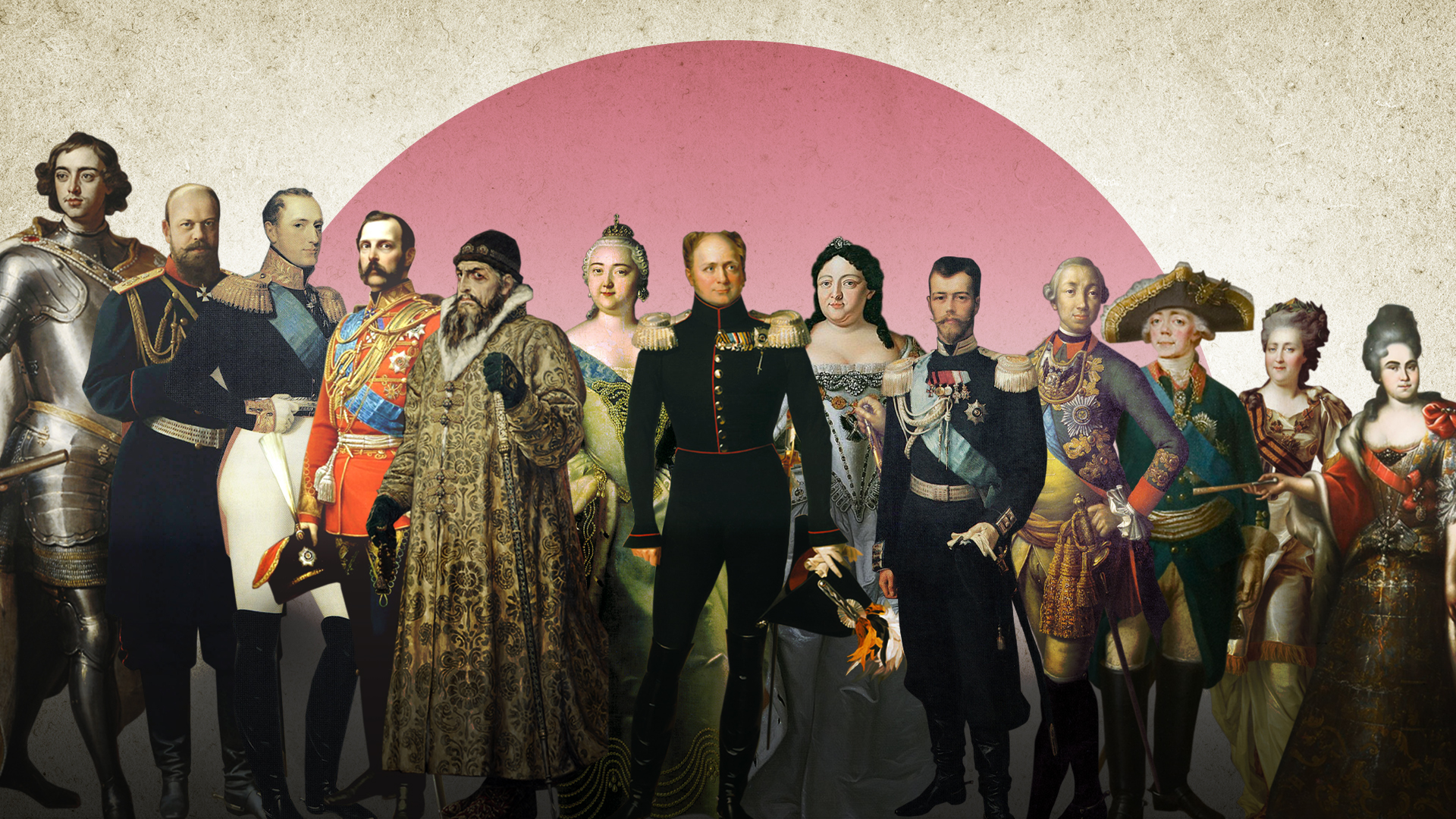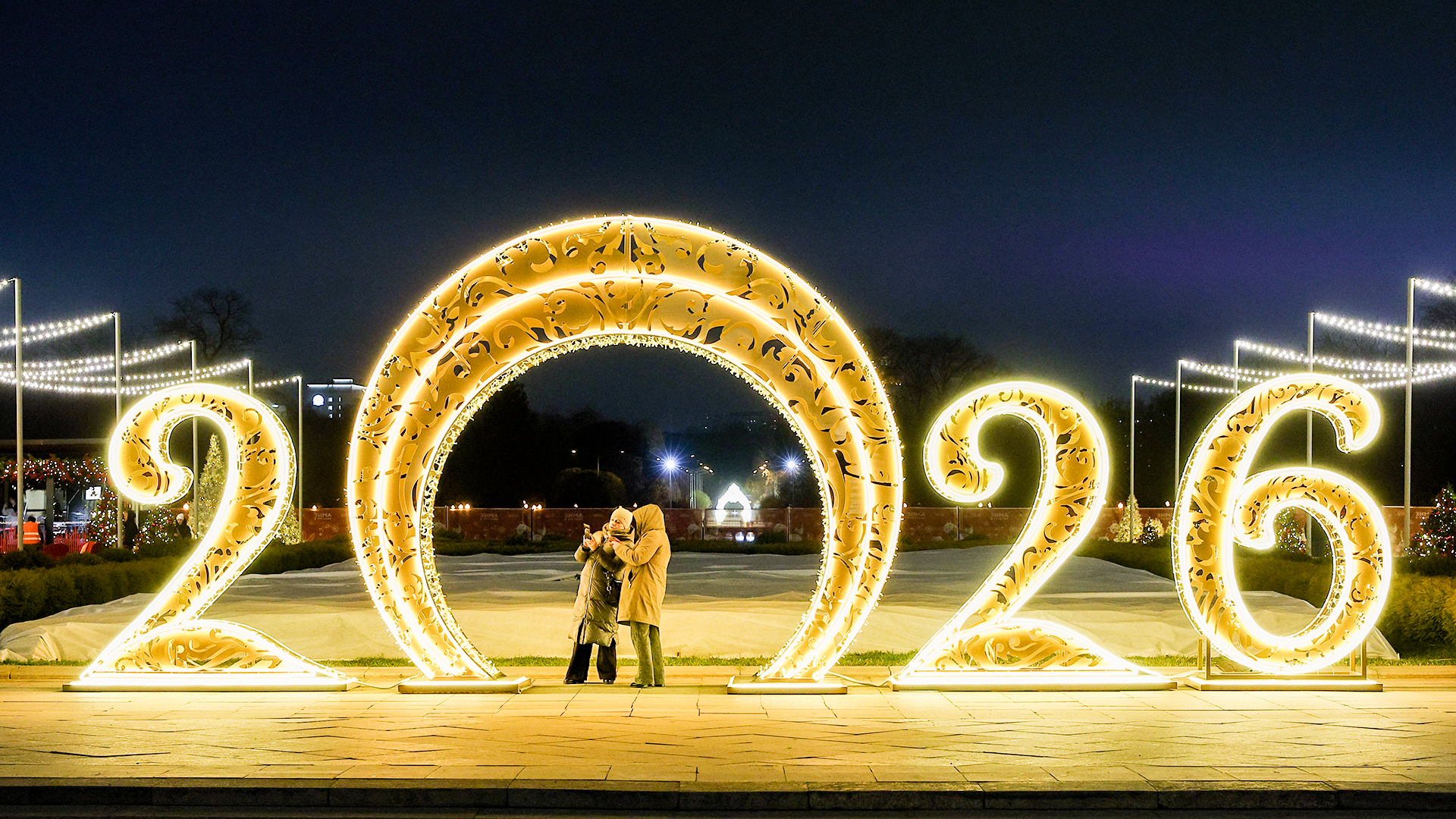
Propaganda posters of the early Soviet Moscow (PICS)

A new book by Ksenia Lapina and Natalia Afanasyeva titled ‘Moscow in Poster, Poster in Moscow’ (Bombora publishing house) presents more than 150 works from the collection of the Museum of Moscow. Let's take a closer look at some of the posters from the tsarist period.
***
One of the most famous posters of the entire Soviet era calls on citizens to join the Red Army: “Have You Volunteered?” It was created by artist Dmitry Moor in 1920.

During the Civil War there was a lot of military and political agitation. Vladimir Fridman's 1919 poster below suggests rallying against the White Guards marching on Moscow: “The enemy wants to seize Moscow, the heart of Soviet Russia. The enemy must be destroyed. Forward, comrades!”

Some posters still showed echoes of pre-revolutionary spelling, as they were made before the reform of the alphabet (that's why the letter ‘i’ can be seen). The following poster celebrated the year of the proletarian dictatorship and called for: “Proletarians of all countries, unite!”

Labor Day on May 1 was one of the major holidays and many posters praised it. This particular poster below invites workers to take part in the all-Russian ‘subbotnik’ (aka clean-up day).

Soviet authorities actively promoted the ideas of feminism. And that, thanks to the revolution, a woman had become a full member of society, with the right to vote, work and study. The poster ‘What the October Revolution Gave to the Worker and Peasant Woman’ tells that women were rescued from domestic slavery, as kindergartens, an adult school and more appeared (Read more about the Soviet feminist propaganda here).

Propaganda posters also paid great attention to the elimination of illiteracy and urged all Soviet people to study. “An illiterate is the same as a blind man. Failure and misfortune await him everywhere.”

Over time, the artistic style of posters changed. For example, Gustav Klutsis was the first to use photo collages in combination with graphics and to change perspective and proportions in the image. One of the most famous posters by Klutsis is ‘May 1 – Day of International Proletarian Solidarity’ (1930)

“The victory of the revolution lies in the cooperation of workers and peasants.” An important principle was the unity of workers and collective farmers, which would soon culminate in the most famous 'Worker and the Kolkhoz Woman' monument.



